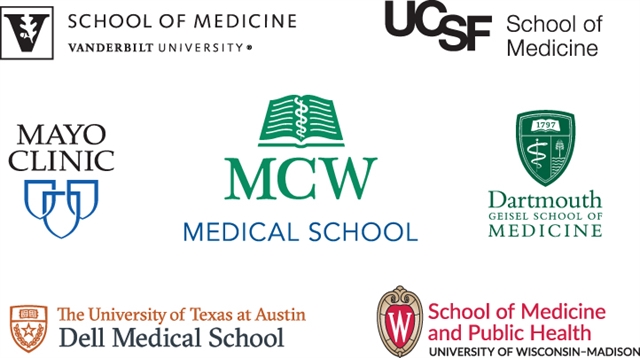How Many Medical Schools Should You Apply To?
According to the AAMC, the average applicant applies to 16 medical schools. However, there are several factors, such as your MCAT score, financial situation, and GPA, that you should take into account when considering how many medical schools to apply to.
1. Assess your financial situation as it relates to medical school
Money is often the most common limitation when students are applying to medical school. Each and every initial application, secondary application, and even interview costs money, and those costs don’t even include the cost to actually take the exam in the first place! Therefore, many students will find that it is important to start by accurately assessing which schools they would actually attend if they were given the opportunity; the general rule is, if you would not be willing to pay for a secondary application or an interview, then don’t bother spending your money on the initial application to begin with.
2. Look at your GPA and your MCAT score
Once you have a rough idea of how the maximum number of schools you are able to apply to, you can then look at your GPA and MCAT score. If either (or both) are on the less competitive end of the spectrum, then you may want to plan on applying to as many schools as possible (more than 16 if 16 is the average number) to give you a better chance at getting accepted. To see where you stand in terms of your credentials and get an idea of schools in your range, check out https://apps.aamc.org/msar-ui/#/landing.
3. Create a list of “target” and “reach” schools
You should utilize the website above to help you formulate your list of target and reach schools.
According to Princeton Review, a school is considered a target if your GPA your MCAT score are BOTH within range or higher than the average range that the school accepts. For these target schools, your credentials will likely make you a competitive applicant and there is a strong chance at acceptance. Of course, it is important to remember that your acceptance does not only rely on your GPA and MCAT scores, so be sure to work just as hard on polishing the other parts of your application to make sure you are competitive all-around.
Next, your reach schools are the schools where your GPA and MCAT score are below the average range for acceptance. Now, this does not mean that you will automatically be rejected, however, it is important to expect that your applications to these schools may be considered more of a long-shot.
Ultimately, you should aim to create a list of schools in which approximately 80% are targets and 20% are reaches.
4. Consider in-state and out-of-state options
Finally, it is important to note that, similar to many universities, medical schools often have different acceptance rates and preference levels for in-state and out-of-state applicants. If you are a less competitive applicant, you may want to apply to more schools that are in-state (another plus is in-state tuition!). Ultimately, when deciding how many schools (and which schools) to apply to, you might consider organizing your list not only according to “target” vs “reach”, but also according to in-state or out-of-state.
